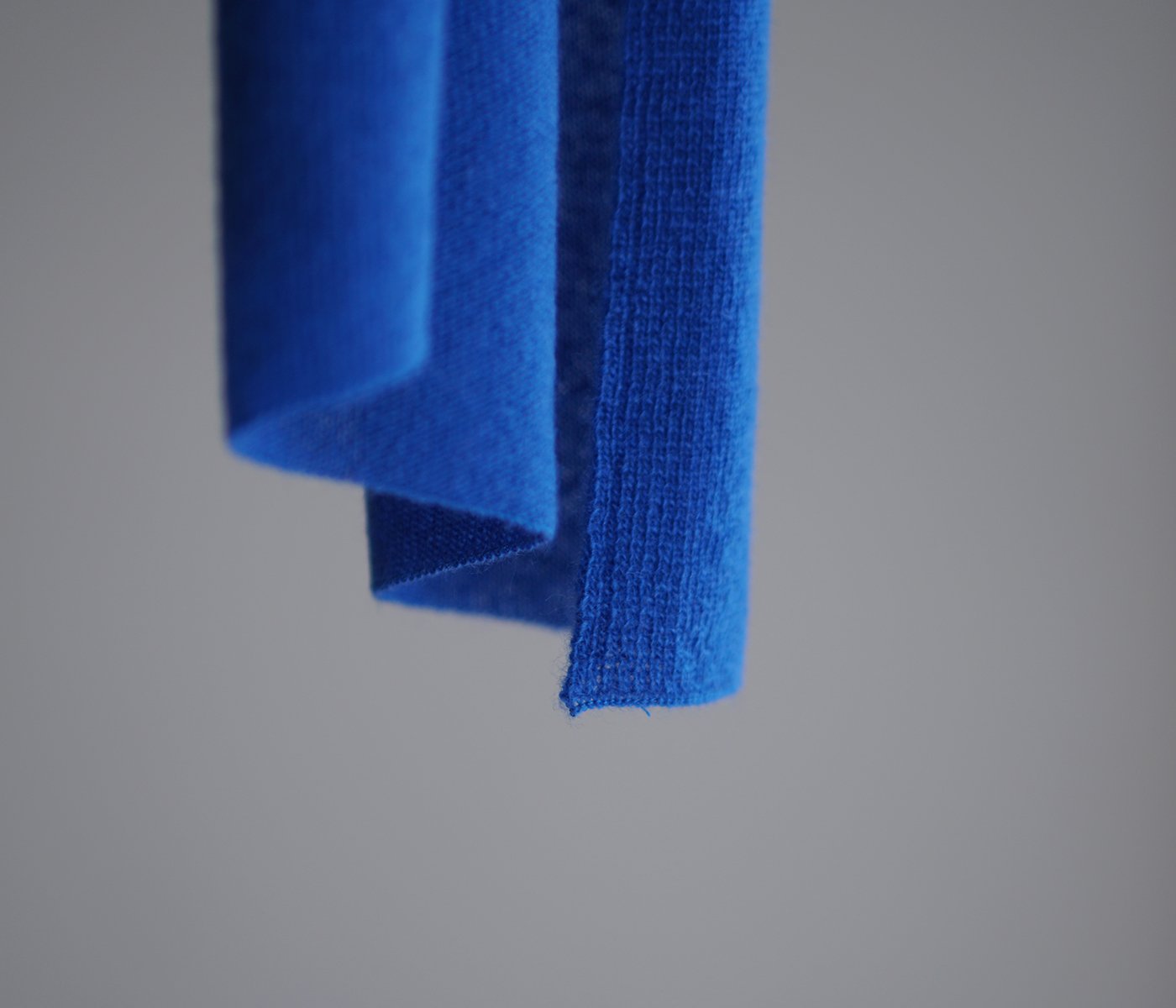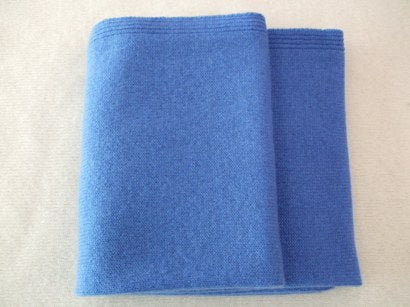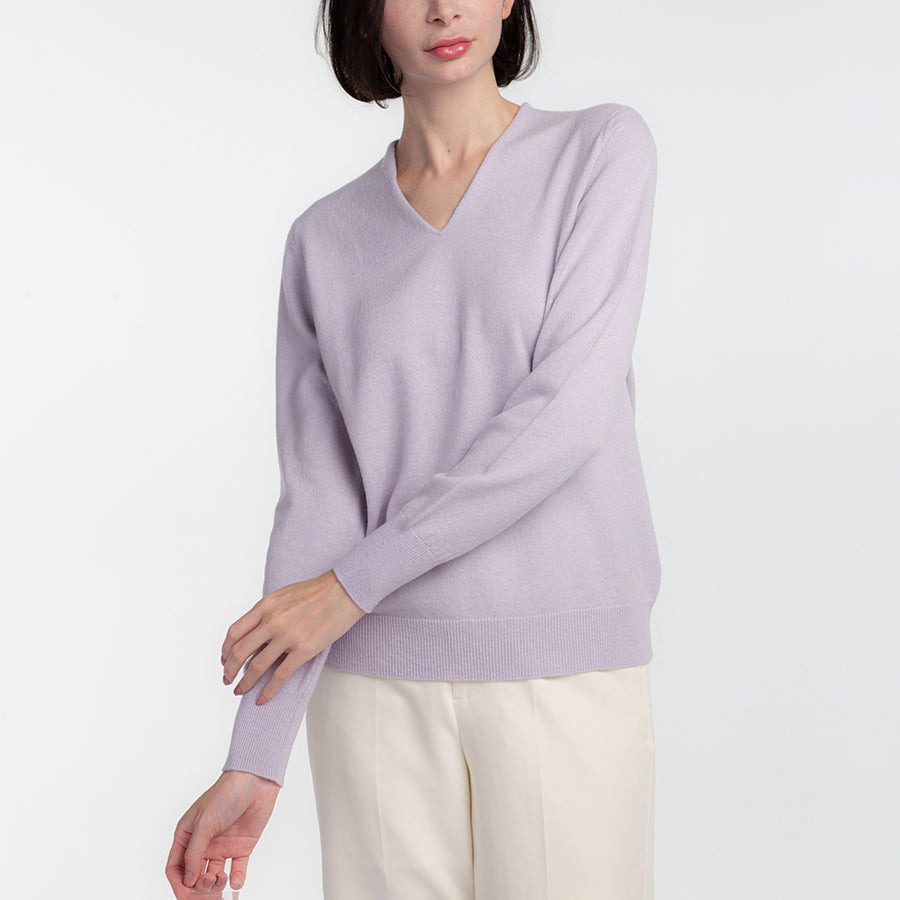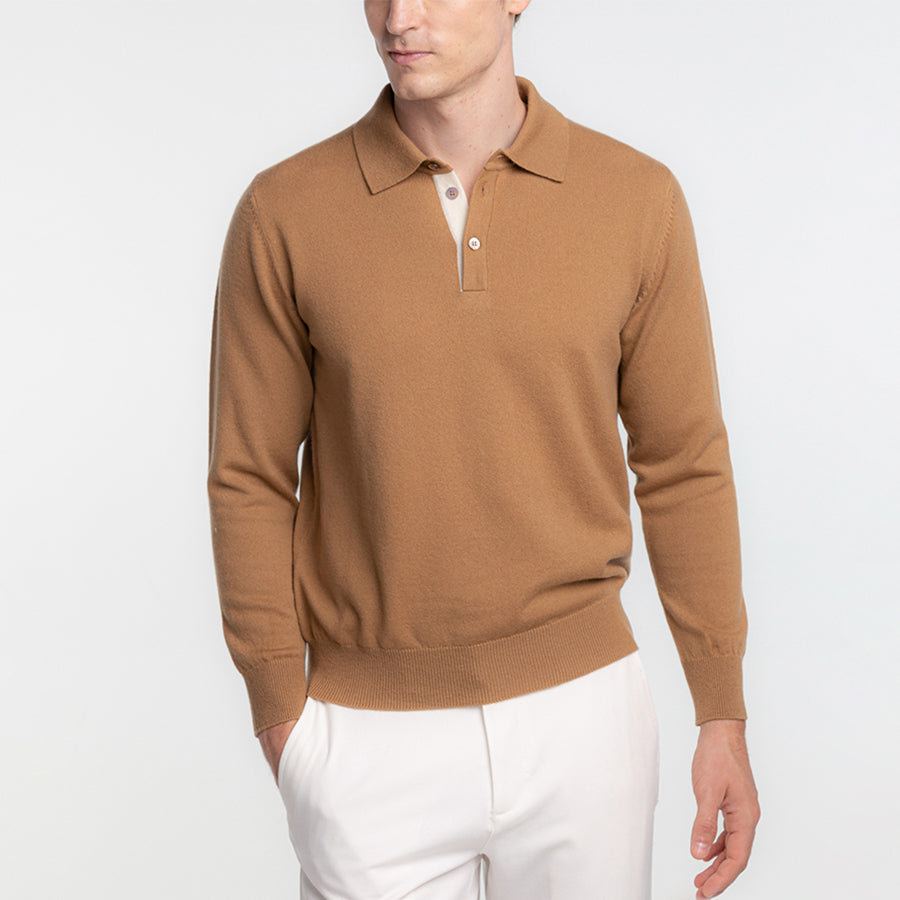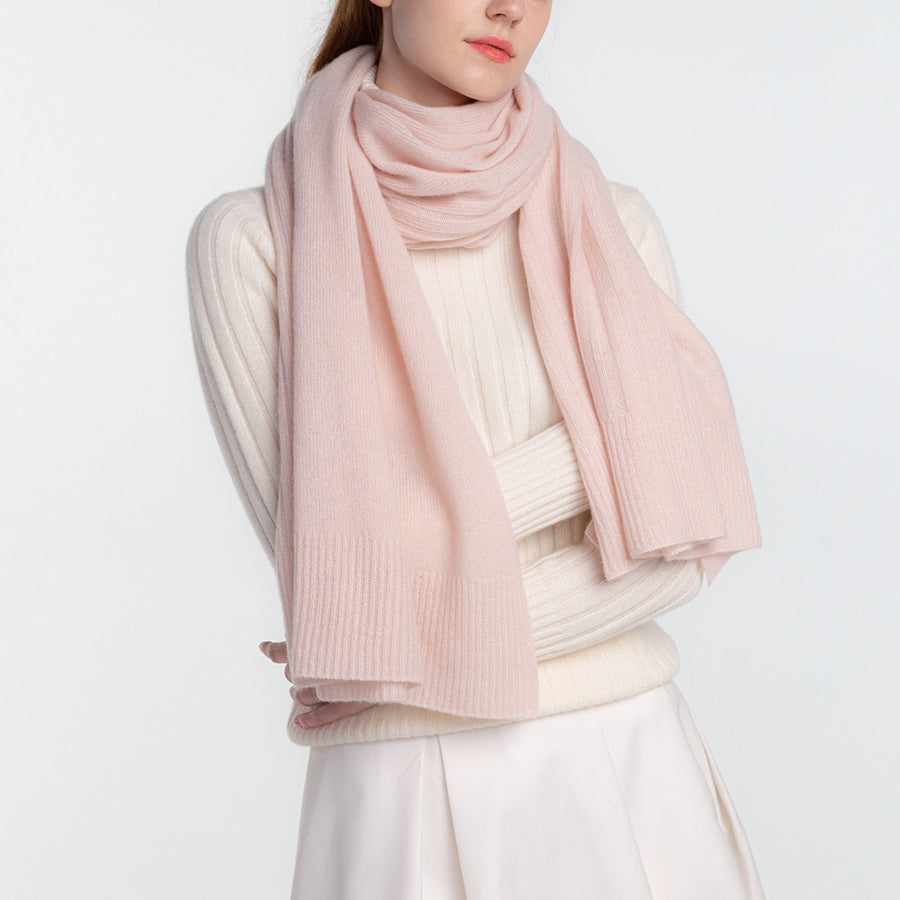Why do knits shrink?

When washing cashmere yourself, don't you worry that your favorite expensive sweater will shrink ?
The sweater that actually shrunk is an adult-sized sweater that has shrunk to the size of a child's sweater, and it is hard and stiff and felt and is in a very pitiful state. .
After seeing this, you may not feel like washing your clothes yourself, but today I will explain how to make them shrink like this .
If you know how to shrink, you won't have to worry about it shrinking, and if you wash it by hand, you'll be able to wear cashmere more often.
The key factors that cause wool to shrink are water, friction, and temperature. And wool fibers are one-way
The reason why cashmere and other wool products shrink is due to the characteristics of the wool itself.
It's a microscopic world, like looking at wool fibers under a microscope.
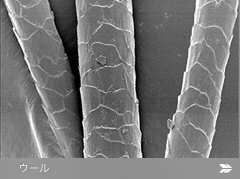
Each wool fiber, like human hair (naturally, since they are made of the same protein), has scales, which are jagged edges that resemble fish scales, from the root to the tip.
The direction of this scale allows foreign substances such as sand and rain to naturally fall down and not get into the fur.
Part of that scale is generally called the cuticle (this is the cuticle you see in TV commercials).
When you stroke a strand of your own hair from top to bottom, it's smooth, but when you stroke it from bottom to top, there's some resistance. This is due to the orientation of the cuticle.
These scale-like cuticles open and close.
This is a wonderful feature of wool fibers; when the hair dries, it closes the cuticle to prevent the moisture from escaping, and conversely, when there is moisture or water, the cuticle opens and tries to let in moisture. .

In this way, living wool tries to maintain a constant level of moisture within the hair by opening and closing the cuticle. Humans can just put on clothes when it gets cold and take them off when it gets hot, but animals can't do that, so they use Ultra C to adjust their clothes.
Wool thread (wool fibers bundled and twisted) contains dozens of fibers, but the fibers are twisted in different directions, left and right. It's a pretty crowded situation for fibers.
When you bathe in water to wash your clothes, the cuticles of each bundled fiber open all at once. When wool fibers are crowded together (in the form of threads) and the cuticle is opened and strongly rubbed or kneaded, the wool fibers will try to move to the right (→) and to the left (←). Technically, this is called the ``directional friction effect,'' but when the fibers move and shrink, they become locked together and cannot return to their original state.

There is no problem at all if the friction is just a light wash, but if you scrub it hard and apply strong friction, or if it gets rubbed or tangled with other laundry in the washing machine, the ``directional friction effect'' increases and shrinks. This phenomenon occurs.
This directional friction effect tends to be stronger at higher temperatures . In particular, caution is required at temperatures above body temperature, as the effectiveness and speed will be doubled.
Wool fibers, including cashmere, have another wonderful function. I mentioned that the inside of the scale has the ability to absorb water, but the surface layer of the scale also has the ability to repel water. Therefore, wool products such as cashmere will repel small water droplets, so if you tap it lightly without penetrating the inside, the water droplets will scatter.
On the other hand, the inside is hydrophilic, so it absorbs water vapor and removes sweat buildup, making wool products refreshing when it's humid.
By the way, the moisture absorption rate of fibers is 8.5% for cotton, 4% for nylon, 2% for acrylic, and 0.4% for polyester, so they hardly absorb moisture. However, the wool is only 15%.
That's why it's never wrong to choose wool for summer clothes. However, animal hair other than wool has a strong warm feel, so it may not be suitable, but I think that fine-count, highly twisted wool yarn is definitely fine.
Once you know the science behind shrinkage, washing is no longer scary.
I have explained the factors that cause wool to shrink, but one important point is `` directional friction .''
Illustration of shrinking order
1. Wool fibers have scale-like scales (cuticles) that point in one direction from the hair root to the tip.
2. Entering water opens the cuticle.
3. The thread is mixed with wool.
4. Directional friction occurs due to friction during washing
5. Directional friction becomes stronger when the temperature is high (especially above body temperature)
6. Directional friction is further doubled due to friction between hot air and rotation in tumble dryers, etc.
The key to a washing method that does not cause shrinkage = directional friction is

1. With room temperature water (no need for lukewarm water)
2. Whisk the detergent well (to improve the slippage of the fibers)

3. Gently press and wash.Gently press and wash in a short time with less friction (you can also use the washing machine's hand wash mode)
4. Do not wash together with other clothing to avoid friction (be sure to wash only one piece)

5. After rinsing, replenish oil with rinse or fabric softener.

6. Remove water thoroughly (dehydrator is best)

7. Stretch to original size and dry flat
As long as you keep the points above, you don't have to worry about it shrinking.
Why doesn't it shrink with dry cleaning?
Dry means ``do not wash with water.''
Since the wool is washed with petroleum-based solvents instead of water, the cuticles of the wool fibers do not open, meaning that even a little friction will not cause the fibers to become clogged.

